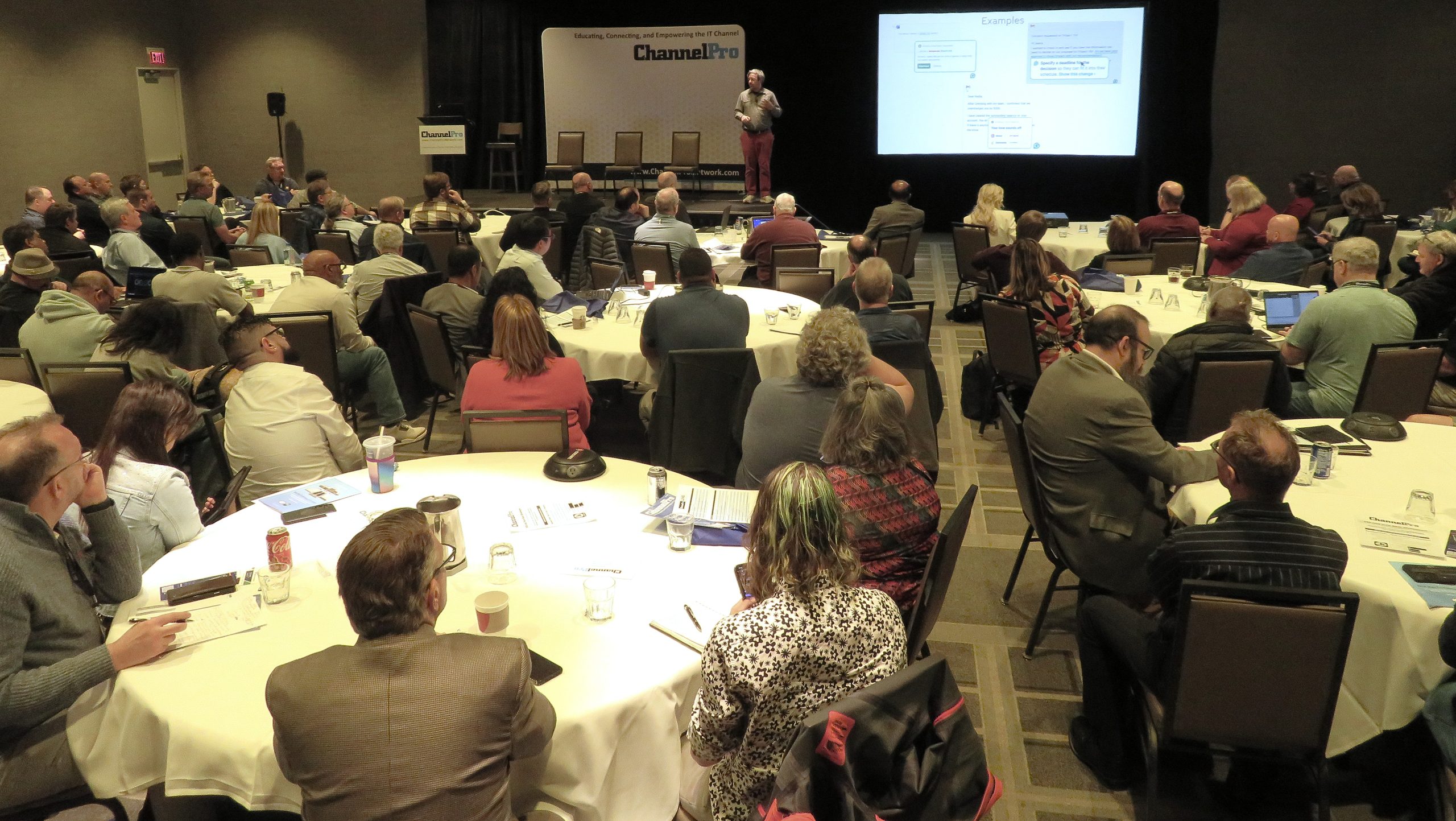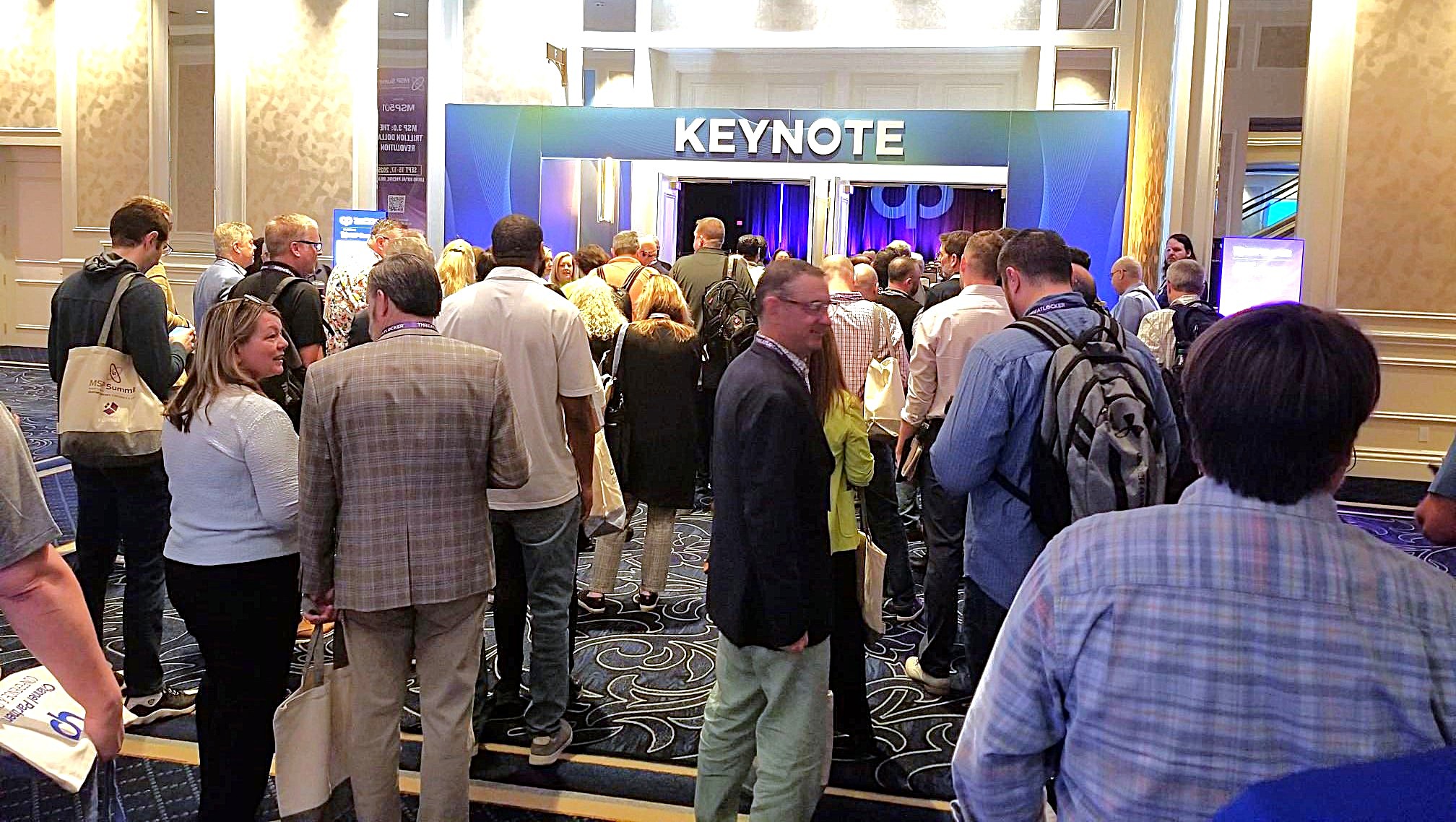TRADITIONAL IOT PLATFORMS connect relatively big things, like cars, appliances, and shipping containers. An emerging technology called ambient IoT promises to link components within those products, plus a wide range of other tiny devices, creating what’s sometimes called the “Internet of Trillions of Things.”
Ambient IoT promises to revolutionize asset tracking and so much more. New low-cost tags and improved software make it possible to track a wide variety of physical objects—and even monitor conditions. For example, the technology can monitor perishable food items at every step of the journey, automate reverse logistics, track assets and equipment, thwart counterfeiting through item-level validation, and analyze carbon output as goods travel through a supply chain and rely on different forms of transportation at different costs.
“Ambient IoT enables even the smallest items to be connected to the Internet using a small energy-harvesting chip with [a] flexible form factor,” explains Adhish Luitel, senior analyst at ABI Research. “It delivers real-time triggers and information about location and condition at a minimal cost, using existing wireless infrastructure, without human intervention.”

Steve Statler
For channel pros, ambient IoT represents an opportunity to help clients improve efficiency, reduce costs, and optimize supply chains. It has applicability across industries as diverse as manufacturing, healthcare, and transportation. “It’s here and it delivers clear benefits,” says Steve Statler, chief marketing officer and ESG lead for Wiliot, which produces ambient IoT devices.
Devices Get Tiny
What makes ambient IoT so attractive is the ability to incorporate nearly any package, pallet, or item into the IoT—at an affordable cost. Unlike RFID, which requires readers and provides an irregular snapshot of movement, ambient IoT delivers a real-time motion picture, along with sensing capabilities.
ABI Research forecasts that the size of the addressable market for these devices could reach 6 trillion units in the food industry alone. Ambient IoT in other industries could reach into hundreds of billions within the next several years.
Wiliot’s ambient IoT framework is already gaining traction with food producers, pharma, and others, Statler says. The company has introduced a postage-size printable tag called a “Pixel” that incorporates an active radio. The device, which costs about 10 cents to produce, doesn’t require a battery. Instead, it pulls energy from ambient radio waves, and it includes ROM flash memory built into an ARM processor.
A user assigns a digital ID to each tag, which is then attached to an item. The Pixel establishes a persistent connection using Bluetooth Low Energy (BLE). The device can also transmit temperature and humidity data. “This introduces a live view of the location and state of a product,” Statler explains.
Wiliot’s IoT-as-a-service platform allows organizations to build out edge computing models and gain actionable insights through machine learning and artificial intelligence. “Ambient IoT is not just IoT chips, there’s connectivity and data processing elements to it too,” observes Luitel.
Ambient IoT is the Future
Widespread adoption for ambient IoT appears to be about eight to 10 years away. Prices must continue to drop, and additional technical and practical advances are necessary. However, Luitel says that there’s value in the technology today. He suggests that channel pros begin to familiarize themselves with the technology and look for opportunities to test it and build complete offerings.
Building ambient IoT frameworks requires a clearly defined business strategy though. “The chips are very low cost and profit margins aren’t that high. The real opportunity is in the data processing and infrastructure element of it,” Luitel says. This includes designing and packaging ambient IoT as-a-service.
An array of companies are entering the space. Moreover, standards bodies such as 3GPP, which focuses on communication protocols, are establishing more robust frameworks to support the use of ambient IoT with 5G and other technology frameworks.
Says Statler: “Ambient IoT will deliver on the original promise of connecting everything. It has a large role to play in unlocking value, cutting costs, and improving performance.”
Image: iStock / DKosig













